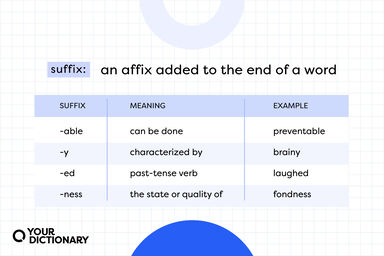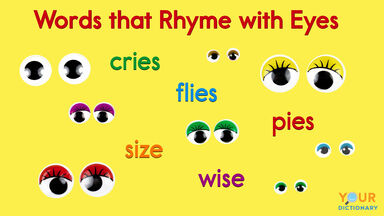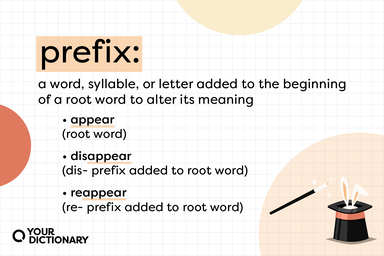If your guitar has six tuners in a line, wind all the strings counter-clockwise around all the pegs.
When the load is at F', the reaction at B' is m/l and the moment at C' is m(l-x)ll, which will be reckoned positive, when it resists a tendency of the right-hand part of the girder to turn counter-clockwise.
This, however, is not generally retained in one plane, and the spire projects, little by little, on the side which was originally left, but finally becomes right (in dextral forms, with a clockwise direction, if viewed from the side of the spire; but counter-clockwise in sinistral forms).
Thus in A the twist may be right-handed or left-handed; in B the polarity of a given end may become north or south; in C the circular magnetization may be clockwise or counter-clockwise; in D the length may be increased or diminished; in E the magnetization may become stronger or weaker.
Most of the solar vortices indicate clockwise rotation in the southern hemisphere and counter-clockwise rotation in the northern, as in the case of terrestrial cyclones.





